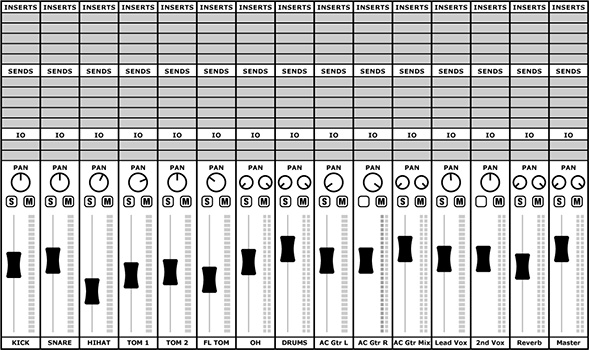Watching a professional engineer at work can make mixing seem so easy. Leaving you to wonder, why in the world you can’t get your mix to sound like that with just a few plugins and tweaks. Well, you most certainly can!
The three pillars
Like with all creative things in life, getting good at it is based on three pillars; Knowledge, Practice and Skills. Having proper and fundamental knowledge allows you to practice. Practicing a lot will give you the skills that you need to build competence and expertise.
When a Chef in a restaurant produces a dish, it’s the way he combines the ingredients that makes the final dish outstanding in flavour. But he couldn’t have done it without knowing how to properly hold his knife without chopping off his fingers, how to filet a fish, or the fact that the longer you fry an onion the sweeter it gets. This knowledge is crucial to start cooking in the first place. Practicing with that knowledge brought him the skills of cooking and the path to building expertise and producing such a fine dish.

The same goes for mixing. You need to know about things like how a compressor works, what all the parameters of a Reverb mean and which frequencies the different instruments produce. Having this fundamental knowledge allows you to practice with a clear goal and build the skills needed to create a great mix.
A clear goal in practicing
Once you have this knowledge you can spend enough hours practicing and knowing what you are doing. Slowly you will discover how instruments relate in a mix, how they interfere with each others frequencies and how to shape them so they can complement each other. As a result the bass range in your mix starts to sound tighter and punchier. You slowly understand how to create depth and space in your mix and how to keep it interesting. You start to build your own style and gain the ability to express your own creativity.
All that knowledge can most certainly be learned from books or watching video tutorials. The EQ Blueprints in Mix Buddy are a great way to learn about the frequencies that shape an instrument, and the growing library of video tutorials provide a wealth of knowledge about fundamental mix technologies. These allow you to practice with purpose, build your skills and bring you good results a lot quicker.

